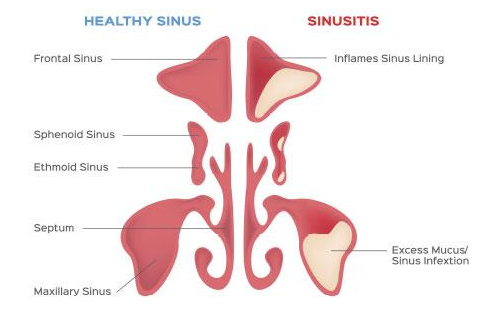What is Laryngomalacia?
Laryngomalacia, or “floppy voice box,” is an infantile condition where the larynx (voice box) does not fully develop which causes the immature cartilage of the upper larynx to collapse upon inhalation.
LM results in partial airway obstruction, typically causing a specific high-pitched squeaking noise upon inhalation, which is referred to as stridor. This ultimately causes an airway obstruction which is the reason for the cyanosis. The part above the vocal cords called the supraglottic larynx is tightly curled, with a short band holding the epiglottis, cartilage shield in the front, tightly to the mobile cartilage in the back of the larynx, or the arytenoids.
These bands are known as the aryepiglottic folds which create the precise movement that opens and closes the vocal cords for phonation, or sound. The shortened aryepiglottic folds cause the epiglottis to be curled on itself. This is known as "omega shaped" epiglottis in laryngomalacia. Some infants have feeding difficulties related to this problem.
Rarely, children will have significant life threatening airway obstruction. The vast majority, however, will only have stridor without other more serious symptoms.
Time is the most common treatment in more than 99% of infant cases. In more severe cases, surgery may be necessary. A supraglottoplasty involves cutting the aryepiglottic folds to let the supraglottic airway spring open. Treatment of gastroesophageal reflux disease, or GERD, can also help in the treatment of laryngomalacia. GERD treatment is effective because gastric contents can cause the back part of the larynx to swell and collapse even further into the airway. In some very rare cases, a temporary tracheostomy may be necessary to maintain an airway to give the child time to grow.




Comments
Post a Comment